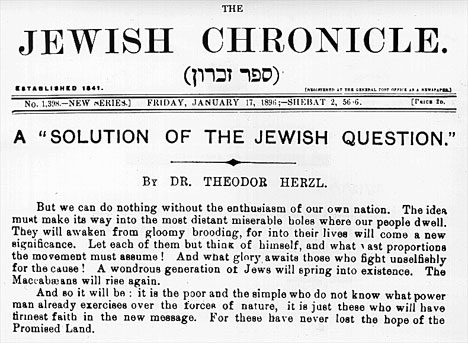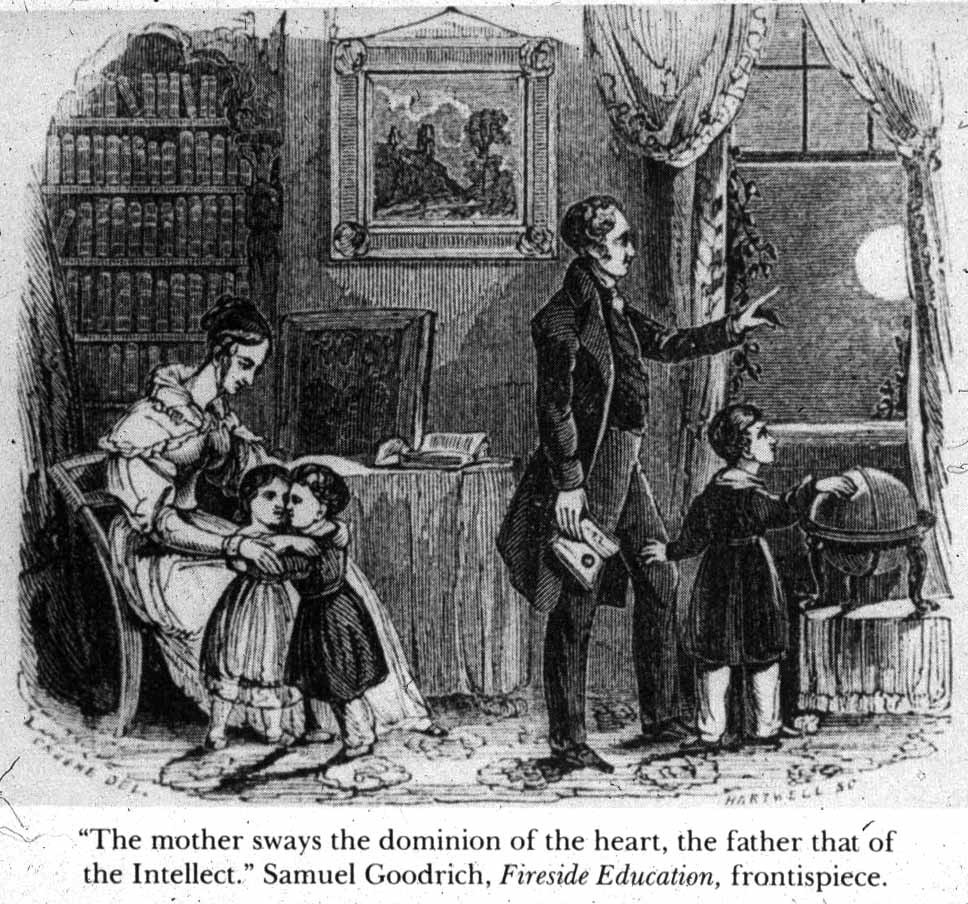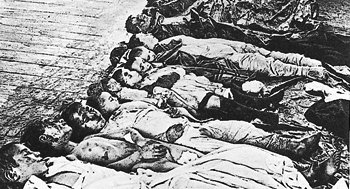|
Roman Vishniac
Roman Vishniac (; ; August 19, 1897 – January 22, 1990) was a Russian-American photographer, best known for capturing on film the culture of Jews in Central and Eastern Europe before the Holocaust. A major archive of his work was housed at the International Center of Photography until 2018, when Vishniac's daughter, Mara Vishniac Kohn, donated it to The Magnes Collection of Jewish Art and Life at the University of California, Berkeley. Vishniac was a versatile photographer, an accomplished biologist, an art collector and teacher of art history. He also made significant scientific contributions to photomicroscopy and time-lapse photography. Vishniac was very interested in history, especially that of his ancestors, and strongly attached to his Jewish roots; he was a Zionist later in life.ICP Library of Photographers. ''Roman Vishniac''. Grossman Publishers, New York. 1974. Roman Vishniac won international acclaim for his photos of ''shtetlach'' and Jewish ghettos, celebrity ... [...More Info...] [...Related Items...] OR: [Wikipedia] [Google] [Baidu] |
Pavlovsk, Saint Petersburg
Pavlovsk ( "[the town] of Pavel" after Emperor Pavel (Paul) of Russia) is a administrative divisions of Saint Petersburg, municipal town in Pushkinsky District, Saint Petersburg, Pushkinsky District in the suburban part of the federal cities of Russia, federal city of Saint Petersburg, Russia, located south from Saint Petersburg proper and about southeast from Pushkin (town), Pushkin. Population: Known since the late 18th century, when Saint Petersburg was the capital of Russian Empire, as a countryside residence of Russian royal family commissioned creation of the town's landmark -Pavlovsk Palace, palace with a Pavlovsk Park, large park, now parts of its federal museum reserve. The town developed around the Pavlovsk Palace, a major residence of the Russian imperial family. Between 1918 and 1944, its official name was Slutsk, after the revolutionary Vera Slutskaya, and then was changed back to Pavlovsk. Pavlovsk is part of the UNESCO World Heritage Site "Historic Centre of Sa ... [...More Info...] [...Related Items...] OR: [Wikipedia] [Google] [Baidu] |
Zionism
Zionism is an Ethnic nationalism, ethnocultural nationalist movement that emerged in History of Europe#From revolution to imperialism (1789–1914), Europe in the late 19th century that aimed to establish and maintain a national home for the Jews, Jewish people, pursued through the colonization of Palestine (region), Palestine, a region roughly corresponding to the Land of Israel in Judaism, with central importance in Jewish history. Zionists wanted to create a Jewish state in Palestine with as much land, as many Jews, and as few Palestinian people, Palestinian Arabs as possible. Zionism initially emerged in Central Europe, Central and Eastern Europe as a secular nationalist movement in the late 19th century, in reaction to newer waves of antisemitism and in response to the Haskalah, or Jewish Enlightenment. The arrival of Zionist settlers to Palestine during this period is widely seen as the start of the Israeli–Palestinian conflict. The Zionist claim to Palestine was base ... [...More Info...] [...Related Items...] OR: [Wikipedia] [Google] [Baidu] |
Russian State University For The Humanities
The Russian State University for the Humanities (RSUH; ), is a university in Moscow, Russia with over 25,000 students. It was created in 1991 as the result of the merger of the Moscow Urban University of the People (est. 1908) and the Moscow State University for History and Archives (est. 1930). History The Moscow Urban University of the People also known as the Shanyavsky People's University was founded in 1908 on the initiative of the Russian patron of the arts, Alfons Shanyavsky, and played a role in Russian higher education from its inception. The Moscow State Institute for History and Archives, founded in 1930 as a center for the preparation of archivists, became over the years a focus of scientific research. In its archival pursuits in areas of history and such auxiliary realms as the study of primary sources, archaeology and palaeography, it managed to preserve Russian research. By the beginning of the 1990s, this institution had achieved university level which enabled ... [...More Info...] [...Related Items...] OR: [Wikipedia] [Google] [Baidu] |
Shanyavsky Moscow City People's University
Shanyavsky Moscow City People's University () was a university in Moscow that was founded in 1908 with funds from the gold mining philanthropist Alfons Shanyavsky. The university was nationalized in 1918 after the Russian revolution and merged into the Russian State University for the Humanities The Russian State University for the Humanities (RSUH; ), is a university in Moscow, Russia with over 25,000 students. It was created in 1991 as the result of the merger of the Moscow Urban University of the People (est. 1908) and the Moscow Sta .... The university was officially founded on October 2, 1908 after many years of bureaucratic wrangling between Lidia, the wife of deceased mining magnate A. L. Shanyavsky and the city of Moscow. The aim of the university was to provide education in all branches of knowledge to any person. The city was governed by a board of trustees including half appointed by the City Duma. In the first semester 400 students joined and by 1912 there were 360 ... [...More Info...] [...Related Items...] OR: [Wikipedia] [Google] [Baidu] |
Homeschooling
Homeschooling or home schooling (American English), also known as home education or elective home education (EHE) (British English), is the education of school-aged children at home or a variety of places other than a school. Usually conducted by a parent, tutor, or online teacher, many homeschool families use Informal education, less formal, more personalized and individualized methods of learning that are not always found in schools. The actual practice of homeschooling varies considerably. The spectrum ranges from highly structured forms based on traditional school lessons to more open, free forms such as unschooling, which is a lesson- and curriculum-free implementation of homeschooling. Some families who initially attended a school go through a deschooling process to decouple from school habits and prepare for homeschooling. While "homeschooling" is the term commonly used in North America, "home education" is primarily used in Europe and many Member states of the Commonweal ... [...More Info...] [...Related Items...] OR: [Wikipedia] [Google] [Baidu] |
Protozoa
Protozoa (: protozoan or protozoon; alternative plural: protozoans) are a polyphyletic group of single-celled eukaryotes, either free-living or parasitic, that feed on organic matter such as other microorganisms or organic debris. Historically, protozoans were regarded as "one-celled animals". When first introduced by Georg Goldfuss, in 1818, the taxon Protozoa was erected as a class within the Animalia, with the word 'protozoa' meaning "first animals", because they often possess animal-like behaviours, such as motility and predation, and lack a cell wall, as found in plants and many algae. This classification remained widespread in the 19th and early 20th century, and even became elevated to a variety of higher ranks, including phylum, subkingdom, kingdom, and then sometimes included within the paraphyletic Protoctista or Protista. By the 1970s, it became usual to require that all taxa be monophyletic (derived from a common ancestor that would also be regarded as protozo ... [...More Info...] [...Related Items...] OR: [Wikipedia] [Google] [Baidu] |
Pollen
Pollen is a powdery substance produced by most types of flowers of seed plants for the purpose of sexual reproduction. It consists of pollen grains (highly reduced Gametophyte#Heterospory, microgametophytes), which produce male gametes (sperm cells). Pollen grains have a hard coat made of sporopollenin that protects the gametophytes during the process of their movement from the stamens to the pistil of flowering plants, or from the male Conifer cone, cone to the female cone of gymnosperms. If pollen lands on a compatible pistil or female cone, it Germination, germinates, producing a pollen tube that transfers the sperm to the ovule containing the female gametophyte. Individual pollen grains are small enough to require magnification to see detail. The study of pollen is called palynology and is highly useful in paleoecology, paleontology, archaeology, and Forensic science, forensics. Pollen in plants is used for transferring Ploidy#Haploid and monoploid, haploid male genetic ma ... [...More Info...] [...Related Items...] OR: [Wikipedia] [Google] [Baidu] |
Scale (zoology)
In zoology, a scale (; ) is a small rigid plate (animal anatomy), plate made out of keratin that grows out of Vertebrate animals' skin to provide protection. In lepidopterans (butterflies and moths), scales are plates on the surface of the insect wing, made out of chitin instead of keratin, and provide coloration. Scales are quite common and have evolved multiple times through convergent evolution, with varying structure and function. Scales are generally classified as part of an organism's integumentary system. There are various types of scales according to the shape and class (biology), class of an animal. Fish scales Fish scales are skin, dermally derived, specifically in the mesoderm. This fact distinguishes them from reptile scales paleontologically. Genetically, the same genes involved in tooth and hair development in mammals are also involved in scale development. File:Ganoid scales.png, Ganoid scales on a carboniferous fish ''Amblypterus striatus'' File:Denticules cutan� ... [...More Info...] [...Related Items...] OR: [Wikipedia] [Google] [Baidu] |
Cockroach
Cockroaches (or roaches) are insects belonging to the Order (biology), order Blattodea (Blattaria). About 30 cockroach species out of 4,600 are associated with human habitats. Some species are well-known Pest (organism), pests. Modern cockroaches are an ancient group that first appeared during the Late Jurassic, with their ancestors, known as "Roachoid, roachoids", likely originating during the Carboniferous period around 320 million years ago. Those early ancestors, however, lacked the internal ovipositors of modern roaches. Cockroaches are somewhat generalized insects lacking special adaptations (such as the sucking Insect mouthparts, mouthparts of aphids and other Hemiptera, true bugs); they have chewing mouthparts and are probably among the most primitive of living Neopteran insects. They are common and hardy insects capable of tolerating a wide range of Köppen climate classification, climates, from Arctic cold to Tropics, tropical heat. Tropical cockroaches are often muc ... [...More Info...] [...Related Items...] OR: [Wikipedia] [Google] [Baidu] |
Microscope
A microscope () is a laboratory equipment, laboratory instrument used to examine objects that are too small to be seen by the naked eye. Microscopy is the science of investigating small objects and structures using a microscope. Microscopic means being invisible to the eye unless aided by a microscope. There are many types of microscopes, and they may be grouped in different ways. One way is to describe the method an instrument uses to interact with a sample and produce images, either by sending a beam of light or electrons through a sample in its optical path, by detecting fluorescence, photon emissions from a sample, or by scanning across and a short distance from the surface of a sample using a probe. The most common microscope (and the first to be invented) is the optical microscope, which uses lenses to refract visible light that passed through a microtome, thinly sectioned sample to produce an observable image. Other major types of microscopes are the fluorescence micro ... [...More Info...] [...Related Items...] OR: [Wikipedia] [Google] [Baidu] |
Biology
Biology is the scientific study of life and living organisms. It is a broad natural science that encompasses a wide range of fields and unifying principles that explain the structure, function, growth, History of life, origin, evolution, and distribution of life. Central to biology are five fundamental themes: the cell (biology), cell as the basic unit of life, genes and heredity as the basis of inheritance, evolution as the driver of biological diversity, energy transformation for sustaining life processes, and the maintenance of internal stability (homeostasis). Biology examines life across multiple biological organisation, levels of organization, from molecules and cells to organisms, populations, and ecosystems. Subdisciplines include molecular biology, physiology, ecology, evolutionary biology, developmental biology, and systematics, among others. Each of these fields applies a range of methods to investigate biological phenomena, including scientific method, observation, ... [...More Info...] [...Related Items...] OR: [Wikipedia] [Google] [Baidu] |
Pogroms In The Russian Empire
Pogroms in the Russian Empire () were large-scale, targeted, and repeated Antisemitism, anti-Jewish riots that began in the 19th century. Pogroms began to occur after Russian Empire, Imperial Russia, which previously had very few Jews, acquired territories with large Jewish populations from the Polish–Lithuanian Commonwealth and the Ottoman Empire from 1772 to 1815. These territories were designated "the Pale of Settlement" by the Imperial Russian government, within which Jews were reluctantly permitted to live. The Pale of Settlement primarily included the territories of Poland, Ukraine, Belarus, Bessarabia (modern Moldova), Lithuania and Crimea. Jews were forbidden from moving to other parts of European Russia (including Grand Duchy of Finland, Finland), unless they converted from Judaism or obtained a university diploma or first guild merchant status. Migration to the Caucasus, Siberia, the Russian Far East, Far East or Central Asia was not restricted. Early pogroms Riots agai ... [...More Info...] [...Related Items...] OR: [Wikipedia] [Google] [Baidu] |










